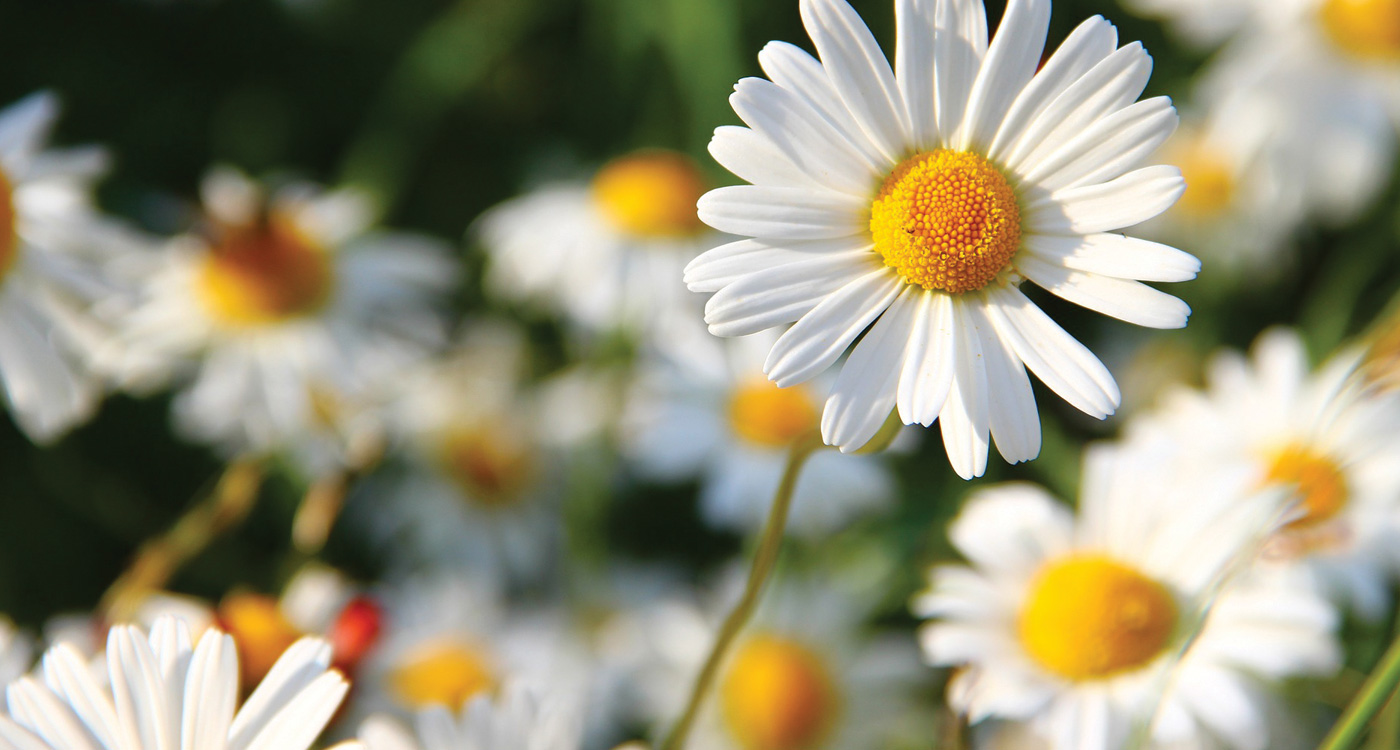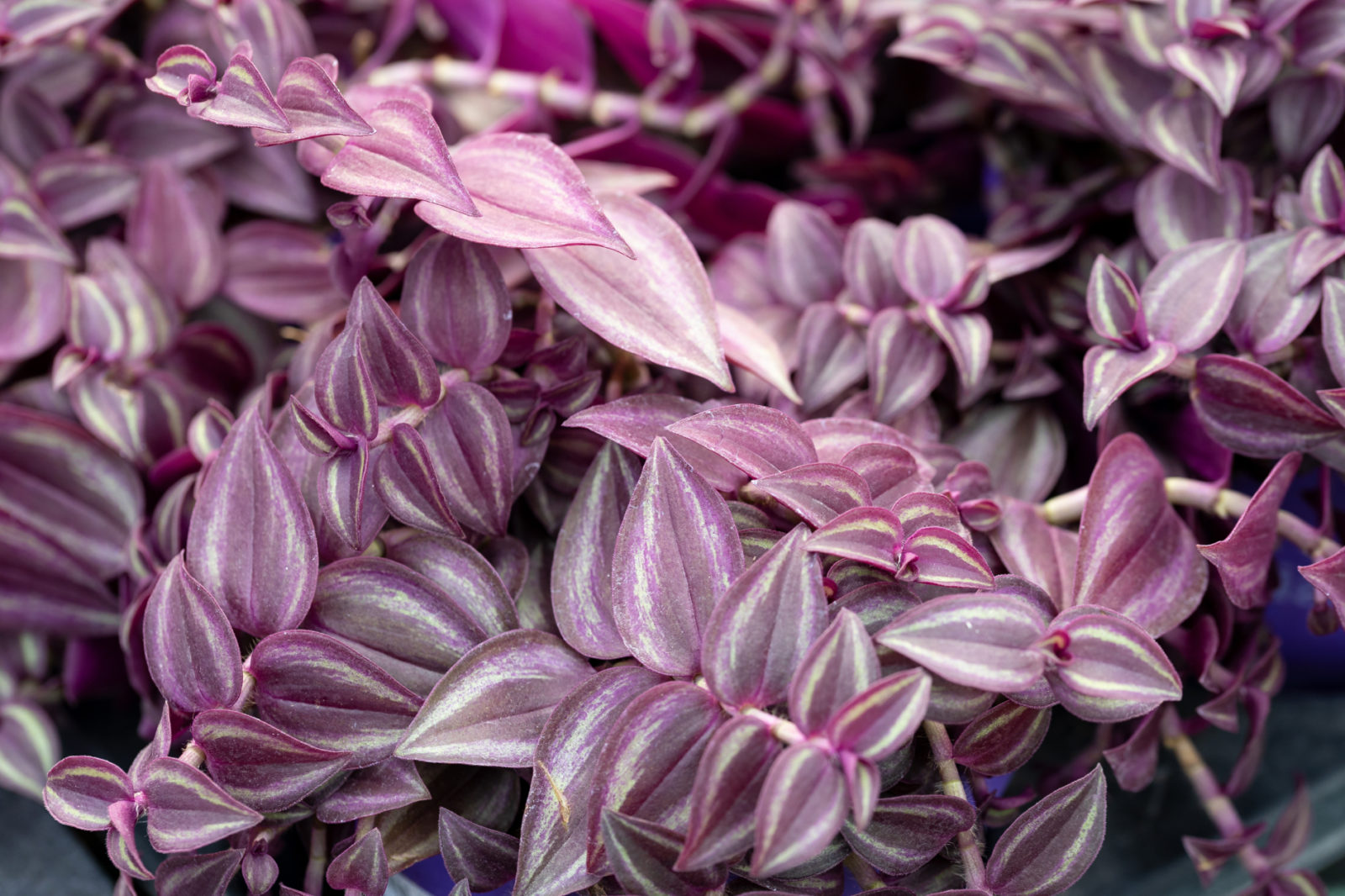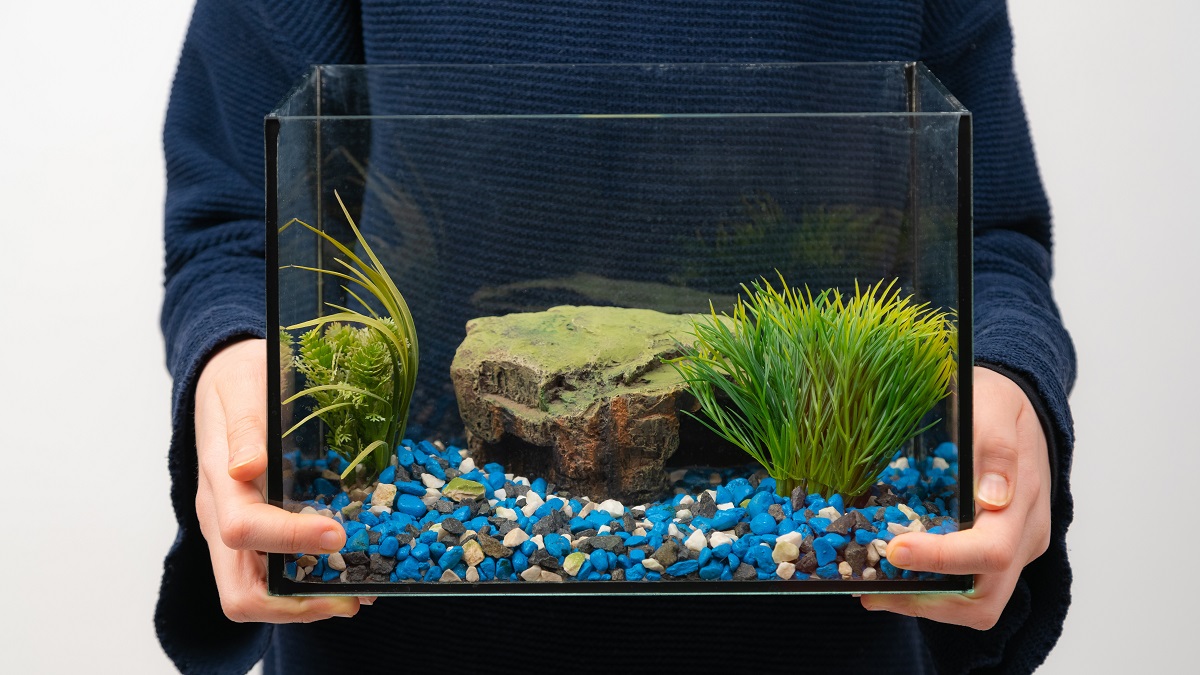While a simple description, the combination of “white petals and a yellow center” encompasses a surprisingly diverse range of flowers. From the cheerful ubiquity of the daisy to the exotic elegance of the frangipani, this color combination graces the petals of numerous botanical wonders. This article delves into the captivating world of these bicolored blooms, exploring some of the most popular and visually striking examples.
1. The Quintessential Daisy: A Symbol of Innocence and Cheer
Few flowers evoke a sense of childlike wonder quite like the daisy. Its cheerful countenance, characterized by radiant white petals encircling a bright yellow center, has become synonymous with purity and new beginnings. But the daisy family extends far beyond the ubiquitous backyard variety.
1.1 Beyond the Backyard: Exploring Daisy Varieties
The daisy genus, Bellis, boasts several charming cultivars. The Shasta daisy, for instance, features large, pristine white petals surrounding a golden center, offering a more substantial presence in the garden. Black-eyed Susans, with their dark brown central discs, add a touch of drama to the bicolored theme. Venturing beyond Bellis, the aster family offers a plethora of options. The ever-lasting daisy, with its papery white petals and prominent yellow center, provides long-lasting color, while the cheerful cosmos flower boasts a vibrant yellow central disc surrounded by a cascade of white, pink, or lavender petals.
1.2 Morphological Marvels: Unveiling the Anatomy of a Daisy Flower
The seemingly simple daisy flower is a marvel of botanical engineering. What appears as a single bloom is actually a composite flower, with the “petals” being individual ray florets and the central disc a cluster of tiny disc florets. The bright yellow center is not a single structure but a collection of fertile florets responsible for seed production. This intricate design allows daisies to be both visually appealing and functionally efficient in attracting pollinators.
2. Fragrant Elegance: Unveiling the Allure of White and Yellow Exotics
Moving beyond the familiar daisy, the floral kingdom offers a plethora of exotic blooms that celebrate the white and yellow color combination. These flowers often boast not only captivating aesthetics but also intoxicating fragrances.
2.1 The Tropical Enchantment of the Frangipani (Plumeria)
The frangipani, also known as plumeria, is a tropical paradise captured in a flower. Native to Central and South America, these arboreal wonders produce large, fragrant blooms with waxy white petals that curl gracefully around a central cluster of golden yellow stamens. The intoxicating scent of the frangipani is often used in perfumes and leis, evoking a sense of relaxation and island getaways.
2.2 The Fragrant Delights of the Casablanca Lily
The Casablanca lily, a trumpet lily cultivar, embodies elegance and sophistication. Its large, pristine white petals unfurl dramatically, revealing a prominent central trumpet in a rich, buttery yellow. The lily’s intoxicating fragrance fills the air, making it a popular choice for weddings and special occasions. Unlike its day-blooming counterparts, the Casablanca lily is a night bloomer, its fragrance most potent under the cloak of darkness, attracting night-flying pollinators like moths.
3. A Universe of Possibilities: Exploring Other White and Yellow Blooms
The floral world offers a seemingly endless array of bicolored blooms beyond the daisy and exotic varieties. Let’s explore a few additional captivating examples.
3.1 The Unassuming Beauty of the Cosmos Flower
The cosmos flower, a member of the aster family, is a testament to the beauty of simplicity. Its feathery white petals delicately encircle a vibrant yellow central disc, creating a cheerful and airy presence in the garden. Cosmos flowers come in a variety of sizes, from dwarf varieties suitable for containers to tall, swaying plants that add a touch of whimsy to borders.
3.2 A Touch of Regality: Unveiling the White Rose with a Yellow Center
While roses are typically associated with solid colors, some cultivars boast the charming combination of white petals and a yellow center. One such example is the ‘War of the Roses’ rose. This captivating hybrid tea rose features large, pristine white petals with a soft blush at the edges, surrounding a cluster of bright yellow stamens. The subtle color contrast adds a touch of whimsy and elegance to this classic flower.
4. Beyond Aesthetics: The Ecological Significance of Bicolored Flowers
The captivating combination of white petals and yellow centers in flowers goes beyond mere aesthetics. This color scheme plays a vital role in the delicate dance between plants and pollinators.
4.1 A Signal of Sweetness: Attracting Pollinators with Color Contrasts
The bright yellow center of a white flower acts as a beacon for pollinators like bees and butterflies. These insects are adept at recognizing color contrasts, and the stark difference between the white petals and the yellow center serves as a visual cue, advertising the presence of nectar, a sweet reward for their pollination services.
4.2 Nature’s Masterpiece: The Evolutionary Advantages of Bicolored Blooms
The white petals not only attract pollinators but also serve a protective function. The white color reflects ultraviolet (UV) light, which can be harmful to pollen. By reflecting UV light, the white petals shield the delicate pollen grains within the yellow center, ensuring successful reproduction for the plant. This intricate interplay between color, attraction, and protection exemplifies the remarkable evolutionary adaptations present in the floral kingdom.
5. Conclusion: A Celebration of Diversity in the Floral Kingdom
The seemingly simple combination of white petals and a yellow center belies a remarkable diversity in the world of flowers. From the cheerful daisy to the exotic frangipani, this color scheme graces a multitude of blooms, each with its own unique charm and ecological significance. Whether adorning a humble backyard or gracing a tropical paradise, these bicolored beauties remind us of the captivating artistry and wonder inherent in the natural world. So, the next time you encounter a flower with white petals and a yellow center, take a moment to appreciate its beauty and the vital role it plays in the intricate tapestry of life.



